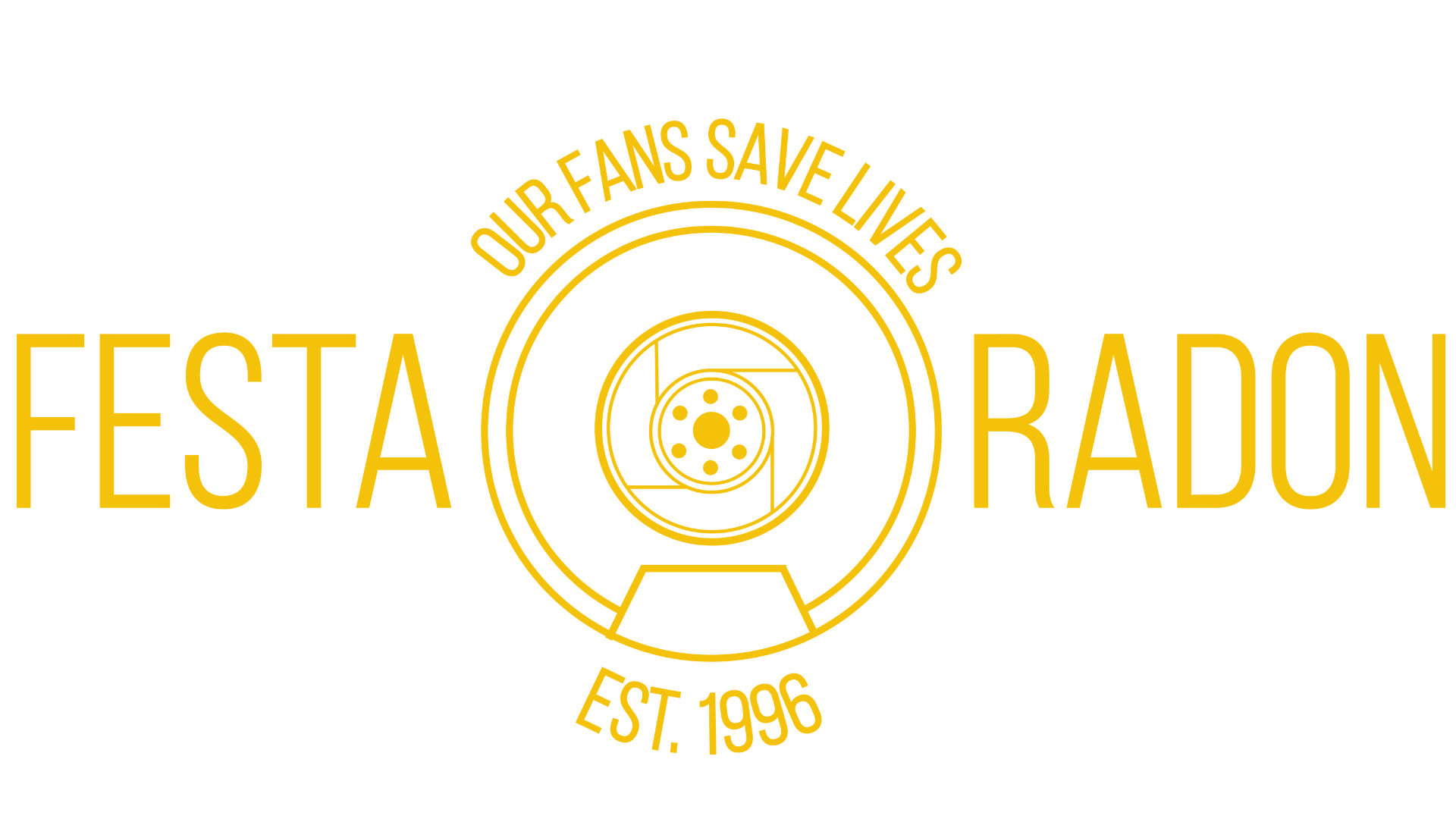
How To Protect Your Pets From Radon Exposure
In recent years, the dangers of radon have become common knowledge, especially in homes across the United States. While many homeowners know to safeguard their family members, they shouldn’t overlook their animal companions. Understanding how to protect your pets from radon exposure is essential for protecting their health and well-being. This article will guide you through recognizing signs of exposure, testing your home, and implementing effective mitigation measures.
Know the Signs of Radon Exposure in Pets
Animals can suffer adverse effects from prolonged radon exposure. In fact, they’re often at a greater risk because they spend more time at home and are low to the ground. For dogs, signs of exposure may include coughing, difficulty breathing, lethargy, and unexplained weight loss. Cats might exhibit similar signs, such as persistent coughing and wheezing, reduced appetite, or an unusual lack of energy.
If you notice any of these behaviors in your pets, consult a veterinarian immediately. Early detection of exposure can prevent the negative health effects on your beloved animals.
Test Your Home for Radon
The first step in protecting your pets from radon exposure is to test your home. Invest in a radon testing kit or hire a professional to evaluate radon levels. The Environmental Protection Agency (EPA) recommends testing your home every two years, as radon levels can fluctuate over time. Radon is odorless and invisible, which means you can’t sense it without detection equipment. Regular testing ensures you are aware of levels in your home and can act swiftly to protect your pets and family.
Protect Your Pets With Mitigation Measures
If the test revealed elevated radon levels, it’s time to take action. Start by sealing cracks in your home’s foundation and walls, as they are common entry points for radon gas. Installing a radon mitigation system is another effective measure, as it vents the gas outside before it enters your living spaces. Additionally, opening windows to allow fresh air to circulate in your home can dilute radon concentration. These steps will create a safer environment for your entire household.
System Maintenance and Follow-Up Testing
Maintaining your radon mitigation system is just as important as installing it. Regularly check the fan to ensure it’s working, and inspect the pipe mounting brackets to confirm they are secure. Mitigation only works when the piping system is intact and the fan is running!
Follow-up testing helps to determine whether the mitigation system is doing its job. Perform a radon test every two years to ensure the system is keeping radon levels in check. Consistent monitoring and maintenance guarantee that your home remains safe for yourself and your pets.
Understanding how to protect your pets from radon exposure requires vigilance and proactive measures. By recognizing the signs of exposure and taking mitigation measures, you can create a safe and healthy environment for your cherished companions. Take the first step today by testing your home for radon levels.





